Missing Xcrun At: /Library/Developer/Commandlinetools/Usr/Bin/Xcrun
Overview of the issue:
When working on macOS development, the xcrun tool plays a crucial role. It is responsible for locating and executing various developer tools such as Compiler, Simulator, and others. However, sometimes users might encounter the “missing xcrun error,” which prevents them from accessing these tools.
Importance of xcrun in macOS development:
Xcrun is an essential utility for macOS development as it acts as an interface between the command line and the Xcode toolset. It allows developers to seamlessly access various tools required to build, test, and debug their applications. Without xcrun, the development process becomes significantly hindered.
Causes for the missing xcrun error:
1. Outdated Xcode Command Line Tools: The absence of the required Xcode Command Line Tools is often the most common cause for the missing xcrun error. These tools are necessary for the execution of xcrun and its associated functionalities.
2. Xcode App Not Installed: If Xcode, the integrated development environment for macOS, is not installed on your system, it can lead to the xcrun error. Xcrun relies on components provided by Xcode, and its absence can prevent proper functioning.
3. Invalid active developer path: Another reason for the missing xcrun error is an invalid active developer path. This occurs when the system fails to locate or link the necessary developer tools correctly.
Steps to fix the missing xcrun error:
1. Verify Installation: The first step is to ensure that the Xcode Command Line Tools are installed on your system. Open the Terminal and enter the command “xcode-select –install”. This will prompt a dialog to install the necessary tools. Follow the on-screen instructions to complete the installation.
2. Verify Active Developer Path: Use the command “xcode-select -p” to check if the correct active developer path is set. If it returns an incorrect or non-existing path, use the command “sudo xcode-select –switch /Applications/Xcode.app/Contents/Developer” to set the appropriate path.
3. Update Xcode: If Xcode is already installed, ensure it is up to date by visiting the App Store and checking for any available updates. Updating Xcode can resolve potential compatibility issues that may cause the missing xcrun error.
Alternative solutions for the missing xcrun error:
1. Reinstall Xcode: If the above steps do not resolve the issue, try reinstalling Xcode. Remove the current installation from your system and then download and install the latest version from the App Store.
2. Use Homebrew: Homebrew is a popular package manager for macOS that can help install missing developer tools. Install Homebrew from their official website and then use the command “brew install xcrun” to install xcrun.
3. Set PATH Manually: If all else fails, you can try setting the PATH variable manually. Open the Terminal and enter the command “export PATH=/Library/Developer/CommandLineTools/usr/bin:$PATH”. This sets the correct path for xcrun manually.
Conclusion:
The missing xcrun error can be frustrating when working on macOS development. By following the steps mentioned above, users can ensure that the necessary tools are correctly installed and the active developer path is set correctly. If the problem persists, alternative solutions like reinstalling Xcode, using Homebrew, or setting the PATH manually can be considered. Resolving this issue allows developers to continue their work without any hindrance.
FAQs:
1. What is the meaning of “Git invalid active developer path” error?
The “Git invalid active developer path” error typically occurs when the system cannot find the required developer tools, including xcrun, for Git operations. It is often resolved by ensuring the correct active developer path is set and the necessary tools are installed.
2. How to install Xcode Command Line Tools?
Xcode Command Line Tools can be installed by running the command “xcode-select –install” in the Terminal. This will prompt a dialog to install the tools, and users should follow the on-screen instructions to complete the installation.
3. What is the purpose of “xcode-select –install” command?
The “xcode-select –install” command is used to initiate the installation of Xcode Command Line Tools. It allows users to easily install the necessary developer tools for macOS development.
4. How to fix the “Cannot run git invalid path to command line tools” error?
To resolve the “Cannot run git invalid path to command line tools” error, you can ensure that the correct active developer path is set by running the command “sudo xcode-select –switch /Applications/Xcode.app/Contents/Developer”. If the error persists, reinstalling Xcode or using Homebrew can be alternative solutions.
5. How to fix “xcrun error invalid active developer path flutter”?
To fix the “xcrun error invalid active developer path flutter” issue, you can follow the steps mentioned earlier in this article. Verifying the installation of Xcode Command Line Tools, setting the active developer path correctly, or reinstalling Xcode can help resolve the issue.
6. How to fix “xcrun: error: active developer path (/Applications/Xcode.app/Contents/Developer’) does not exist” error?
If you encounter the “xcrun: error: active developer path (/Applications/Xcode.app/Contents/Developer’) does not exist” error, it is likely caused by an invalid active developer path. Use the command “sudo xcode-select –switch /Applications/Xcode.app/Contents/Developer” to set the correct path and resolve the issue.
7. What does “Invalid active developer path VSCodemissing xcrun at: /library/developer/commandlinetools/usr/bin/xcrun” error mean?
The “Invalid active developer path VSCodemissing xcrun at: /library/developer/commandlinetools/usr/bin/xcrun” error usually indicates that Visual Studio Code (VSCode) is unable to find the necessary xcrun tool. This issue can be resolved by following the steps mentioned earlier in this article, such as verifying the installation of Xcode Command Line Tools and setting the active developer path correctly.
Xcrun Error Invalid Active Developer Path (/Library/Developer/Commandlinetools), Missing Xcrun
Keywords searched by users: missing xcrun at: /library/developer/commandlinetools/usr/bin/xcrun Git invalid active developer path, Xcode command line tools, Active developer directory ‘/ library developer commandlinetools is a command line tools instance, xcode-select –install, Cannot run git invalid path to command line tools, Xcrun error invalid active developer path flutter, Xcrun: error: active developer path (/Applications/Xcode app Contents/Developer”) does not exist, Invalid active developer path VSCode
Categories: Top 40 Missing Xcrun At: /Library/Developer/Commandlinetools/Usr/Bin/Xcrun
See more here: nhanvietluanvan.com
Git Invalid Active Developer Path
What does “invalid active developer path” mean?
When you encounter the “invalid active developer path” error in Git, it usually signifies that there is a problem with the developer tools installation on your system. Git relies on the Xcode Command Line Tools, a set of software tools provided by Apple, to perform various functions. This error message is primarily seen on macOS systems, as they typically come with Xcode pre-installed.
Causes of the “invalid active developer path” error:
1. Xcode or Command Line Tools not installed: This error can occur if you don’t have Xcode or the Command Line Tools installed on your macOS system. These tools are necessary for Git to function correctly.
2. Incompatible or outdated Xcode/Command Line Tools: Even if you have Xcode or the Command Line Tools installed, using an incompatible or outdated version can trigger this error. It is crucial to ensure that you have the latest version installed.
3. Xcode update or removal: Sometimes, updating or removing Xcode can cause the developer path to become invalid, resulting in this error. The update or removal process may disrupt the command line tool configuration.
Resolving the “invalid active developer path” error:
Now that we understand the possible causes of this error, let’s delve into the solutions:
1. Install Xcode or Command Line Tools: If you don’t have Xcode or the Command Line Tools installed, visit the Apple Developer website or the App Store to download and install them. This should set up the necessary paths and resolve the error.
2. Confirm Xcode/Command Line Tools version: Ensure that you have the latest version of Xcode or the Command Line Tools installed on your system. To check, open the Terminal and run the command `xcode-select –version`. If you have an outdated version, update it using the following command: `softwareupdate –list` to list available updates, then `sudo softwareupdate –install
3. Reconfigure command line tools: If you recently updated or removed Xcode, reconfiguring the command line tools might resolve the issue. Open Terminal and run `sudo xcode-select –reset` to reset the active developer directory to its default location. This should fix any path configuration problems.
4. Verify developer path: To ensure the active developer path is set correctly, use the `xcode-select –print-path` command in Terminal. It should return the path to the active developer directory. If the path is incorrect or not set, you can use `sudo xcode-select –switch /path/to/directory` to set the correct path manually.
FAQs:
Q1. Can this error occur on operating systems other than macOS?
A1. No, this error is unique to macOS systems as it relates to the Xcode Command Line Tools.
Q2. I have Xcode installed but still encounter the error. What should I do?
A2. In such cases, it is recommended to re-install Xcode or the Command Line Tools, making sure to follow the installation instructions carefully.
Q3. How can I check my Xcode version?
A3. Open Terminal and run the `xcodebuild -version` command. It will display the installed Xcode version.
Q4. Can I use Homebrew to install Git instead of Xcode?
A4. Yes, you can use Homebrew to install Git, which might bypass the need for Xcode or the Command Line Tools. However, this error could still occur if Homebrew’s installation is incorrect or incomplete.
Q5. Is it necessary to have Xcode or Command Line Tools installed for Git to function?
A5. Yes, Git heavily relies on the Xcode Command Line Tools for its operations. Without them, Git commands will not work correctly.
In conclusion, encountering the “invalid active developer path” error in Git can be a frustrating experience for developers. However, by understanding the causes and following the provided solutions, you can resolve this issue efficiently. Remember to ensure the correct installation and configuration of Xcode or the Command Line Tools to maintain a smooth Git workflow.
Xcode Command Line Tools
Xcode Command Line Tools are a set of software packages provided by Apple specifically designed to enable developers to utilize Xcode tools from the command line. This powerful feature streamlines development processes, allowing programmers to access various development tools and utilities without using the graphical interface of Xcode. In this article, we will explore the capabilities and benefits of Xcode Command Line Tools, as well as address some frequently asked questions.
Why use Xcode Command Line Tools?
Xcode Command Line Tools offer a plethora of advantages to programmers and developers. Firstly, by eliminating the need for the Xcode graphical interface, developers can work more efficiently from the command line. This is particularly useful when working on projects that require continuous integration or automation, as it allows for seamless scripting and integration into development workflows.
Additionally, Xcode Command Line Tools provide access to a wide array of development utilities. These tools include compilers, debuggers, simulators, and frameworks, enabling developers to build, package, and deploy applications across various Apple platforms. With these tools, programmers can efficiently manage their codebases, monitor performance, and validate their applications without needing to interact with the Xcode IDE.
Installing Xcode Command Line Tools
The installation process of Xcode Command Line Tools is straightforward. By running the command `xcode-select –install`, developers trigger the installation prompt, which guides them through the installation process. Alternatively, Xcode Command Line Tools can also be installed from within the Xcode IDE by navigating to the Preferences menu, selecting the “Locations” tab, and clicking on “Install” next to “Command Line Tools.”
Utilizing Xcode Command Line Tools
Once installed, developers can harness the power of Xcode Command Line Tools in a variety of ways. The tools provide the ability to compile and build code, install and manage different versions of libraries and frameworks, simulate iPhone and iPad devices for testing, debug applications, and perform other essential development tasks. The command-line interface allows for seamless integration with various automation and continuous integration toolchains, enabling developers to automate their build processes and achieve faster iteration cycles.
FAQs:
Q: Can I use Xcode Command Line Tools without installing Xcode?
A: No, Xcode Command Line Tools are a part of the Xcode package. However, it is possible to install only the Command Line Tools component without the full Xcode IDE.
Q: How can I check if Xcode Command Line Tools are already installed on my system?
A: You can verify the installation status by running the `xcode-select –version` command in the terminal. If the Command Line Tools are installed, the command will display the version number. If it’s not installed, the command will prompt you to install them.
Q: Can I switch between different versions of Xcode Command Line Tools?
A: Yes, the `xcode-select` command provides the ability to switch between different installations of Xcode Command Line Tools. By running `xcode-select –switch /path/to/Xcode`, you can switch to a specific Xcode installation.
Q: Can I uninstall Xcode Command Line Tools?
A: Yes, you can uninstall Xcode Command Line Tools by running the command `sudo rm -rf /Library/Developer/CommandLineTools`. However, keep in mind that it may impact the functionality of certain development tools depending on your workflow.
Q: Are Xcode Command Line Tools only available for macOS?
A: Yes, Xcode Command Line Tools can only be installed and utilized on macOS systems. However, there are similar command line tools available for other operating systems, such as Android’s ADB (Android Debug Bridge) or Microsoft’s Visual Studio Command Line Tools.
In conclusion, Xcode Command Line Tools offer developers a remarkable combination of power, versatility, and convenience. By seamlessly integrating into development workflows, these tools enhance productivity and enable developers to create high-performance applications for Apple’s range of platforms. Whether you are a beginner or an advanced developer, incorporating Xcode Command Line Tools into your toolkit will undoubtedly contribute to an efficient and streamlined development experience.
Active Developer Directory ‘/ Library Developer Commandlinetools Is A Command Line Tools Instance
Introduction
The Active Developer Directory ‘/library/Developer/CommandLineTools’ is an essential component for developers who work on macOS systems. This directory hosts a collection of powerful command line tools that aid in software development, build management, and various other development tasks. In this article, we will delve into the details of this directory, its purposes, and frequently asked questions regarding its functionalities.
Understanding the Active Developer Directory
Situated at ‘/library/Developer/CommandLineTools’, this directory is a part of the macOS system environment provided by Apple to offer an array of convenient command line tools to developers. These tools play a pivotal role in supporting and automating development processes, ranging from software installation to debugging and testing.
The command line tools present in this directory are vital for developers who prefer working within a terminal or command prompt environment. They enable developers to efficiently handle build systems, package managers, and version control, among other things. With these tools, developers can perform various tasks like compiling code, managing dependencies, and executing scripts effortlessly.
Benefits of Using the Active Developer Directory
The ‘/library/Developer/CommandLineTools’ directory offers numerous advantages to developers, which include:
1. Simplification of Development Processes: The command line tools available in this directory simplify complex development tasks, reducing the need for manual interventions. These tools streamline processes like code compilation, build automation, and project management, enabling developers to focus more on actual development rather than repetitive tasks.
2. Enhanced Compatibility: Apple ensures that the command line tools in this directory are always up-to-date and well-maintained, guaranteeing compatibility with the latest macOS versions and frameworks. This compatibility ensures that developers can seamlessly integrate these tools with their development projects, ensuring optimal performance and reliability.
3. Extensive Toolset: The Active Developer Directory offers a wide range of command line tools that cater to diverse development requirements. From compilers like Clang and GCC to version control systems like Git and Subversion, these tools cover various aspects of software development. This comprehensive toolset enables developers to accomplish tasks efficiently without relying on third-party tools.
Frequently Asked Questions (FAQs)
Q1. What is the purpose of the Active Developer Directory ‘/library/Developer/CommandLineTools’?
A1. The Active Developer Directory houses a collection of command line tools that assist developers in various software development processes. These tools facilitate tasks such as code compilation, build management, version control, and more, making development workflows more efficient.
Q2. How can I install the command line tools from the Active Developer Directory?
A2. To install the command line tools, open a terminal window and execute the command ‘xcode-select –install’. This command triggers the installation of the command line tools on your macOS system. Note that an active internet connection is required for this installation.
Q3. Can I use the command line tools without installing Xcode?
A3. Yes, you can use the Active Developer Directory’s command line tools without installing the entire Xcode package. The tools bundled within this directory offer functionalities equivalent to those present in Xcode. This enables developers to utilize these powerful tools without occupying unnecessary disk space with the complete Xcode installation.
Q4. Which tools are available in the Active Developer Directory ‘/library/Developer/CommandLineTools’?
A4. This directory houses a comprehensive suite of development tools, including compilers like Clang and GCC, package managers like Homebrew, repository managers like Git and Subversion, scripting languages like Perl, Python, Ruby, and many more. These tools cater to diverse development needs and can be accessed directly from the command line.
Q5. How do I upgrade the command line tools in the Active Developer Directory?
A5. Apple periodically releases updates for the command line tools to ensure compatibility and introduce new features. You can upgrade these tools by executing the command ‘softwareupdate –install –all’ in a terminal window. This command retrieves and installs the latest updates for the command line tools present in the Active Developer Directory.
Conclusion
The Active Developer Directory ‘/library/Developer/CommandLineTools’ is an invaluable resource for developers working on macOS systems. This comprehensive collection of command line tools provides a multitude of functionalities, enhancing efficiency and simplifying software development processes. By leveraging the power of these tools, developers can streamline their workflows, reduce manual interventions, and produce high-quality software. So, explore the ‘/library/Developer/CommandLineTools’ directory and empower your development journey on macOS!
Images related to the topic missing xcrun at: /library/developer/commandlinetools/usr/bin/xcrun

Found 26 images related to missing xcrun at: /library/developer/commandlinetools/usr/bin/xcrun theme






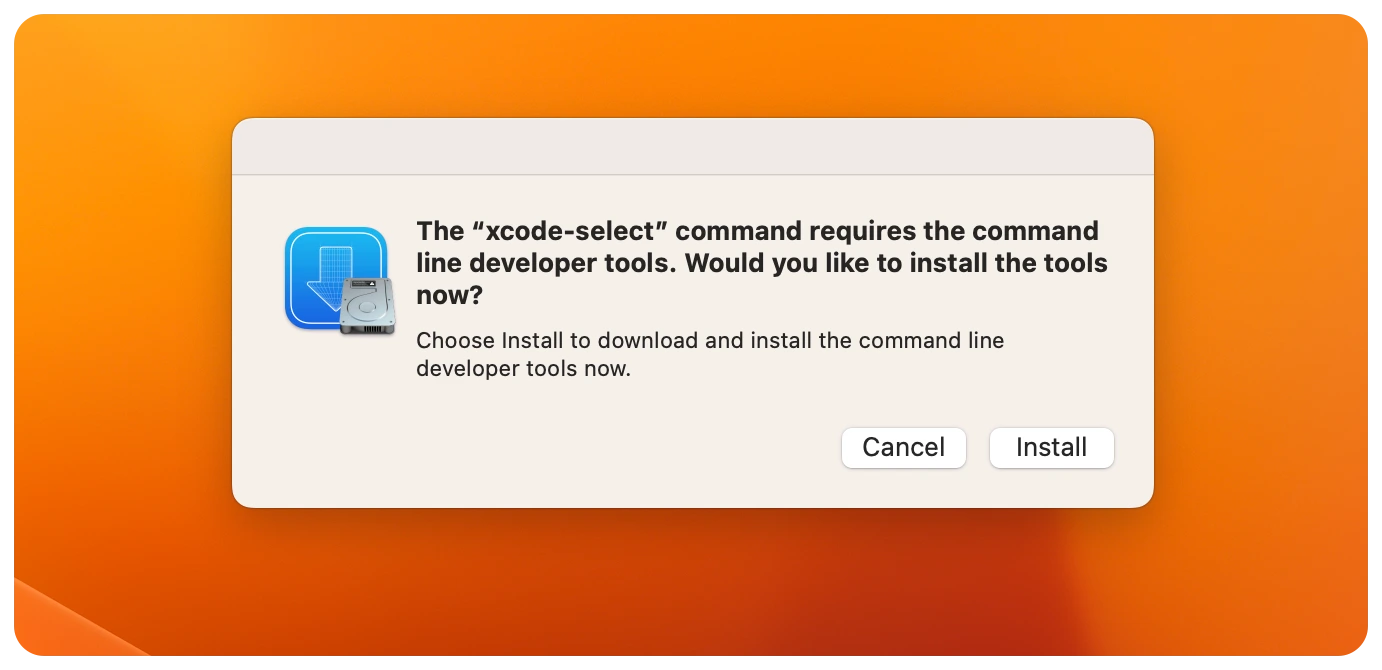




![SOLVED] Xcrun: Error: Invalid Active Developer Path (/Library/Developer/ CommandLineTools), Missing Xcrun At: /Library/Developer/CommandLineTools/usr /bin/xcrun Xcrun: Error: Invalid Active Developer Path (/Library/Developer/ CommandLineTools) Solved] Xcrun: Error: Invalid Active Developer Path (/Library/Developer/ Commandlinetools), Missing Xcrun At: /Library/Developer/Commandlinetools/Usr /Bin/Xcrun Xcrun: Error: Invalid Active Developer Path (/Library/Developer/ Commandlinetools)](https://bigdata-etl.com/wp-content/uploads/2023/04/xcrun-error-invalid-active-developer-path-LibraryDeveloperCommandLineTools-1.png)
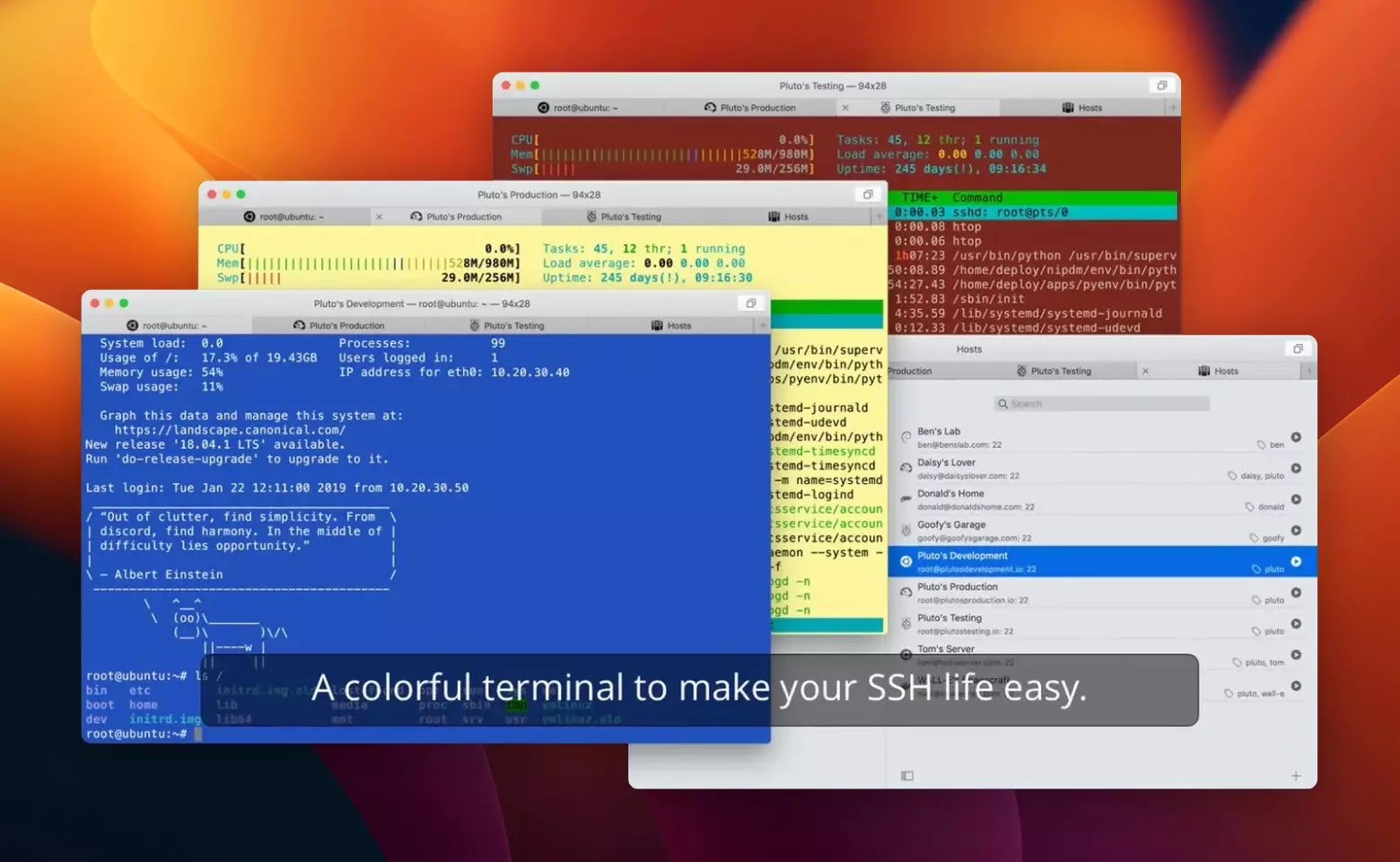




![解決] Homebrew管理Mac 套件,出現錯誤訊息:shallow or no git repository | xcrun: error: invalid active developer path (/Library/Developer/CommandLineTools), missing xcrun at: /Library/Developer/CommandLineTools/usr/bin/xcrun Homebrew/homebrew-core (no Git ... 解決] Homebrew管理Mac 套件,出現錯誤訊息:Shallow Or No Git Repository | Xcrun: Error: Invalid Active Developer Path (/Library/Developer/Commandlinetools), Missing Xcrun At: /Library/Developer/Commandlinetools/Usr/Bin/Xcrun Homebrew/Homebrew-Core (No Git ...](https://dotblogsfile.blob.core.windows.net/user/%E6%84%8F%E5%A6%82-yiru/4913b8eb-d22e-41bd-ba2d-c8c8d768a096/1673320331.png.png)






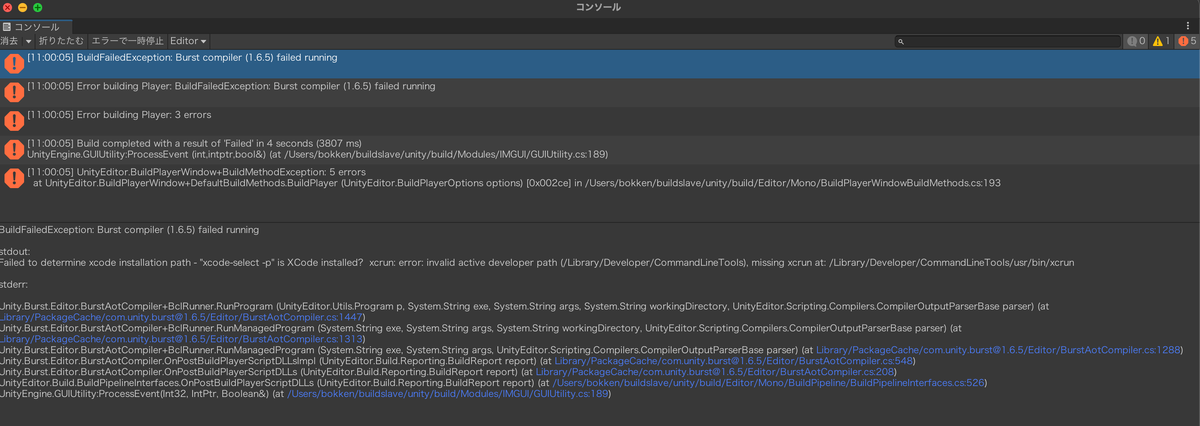
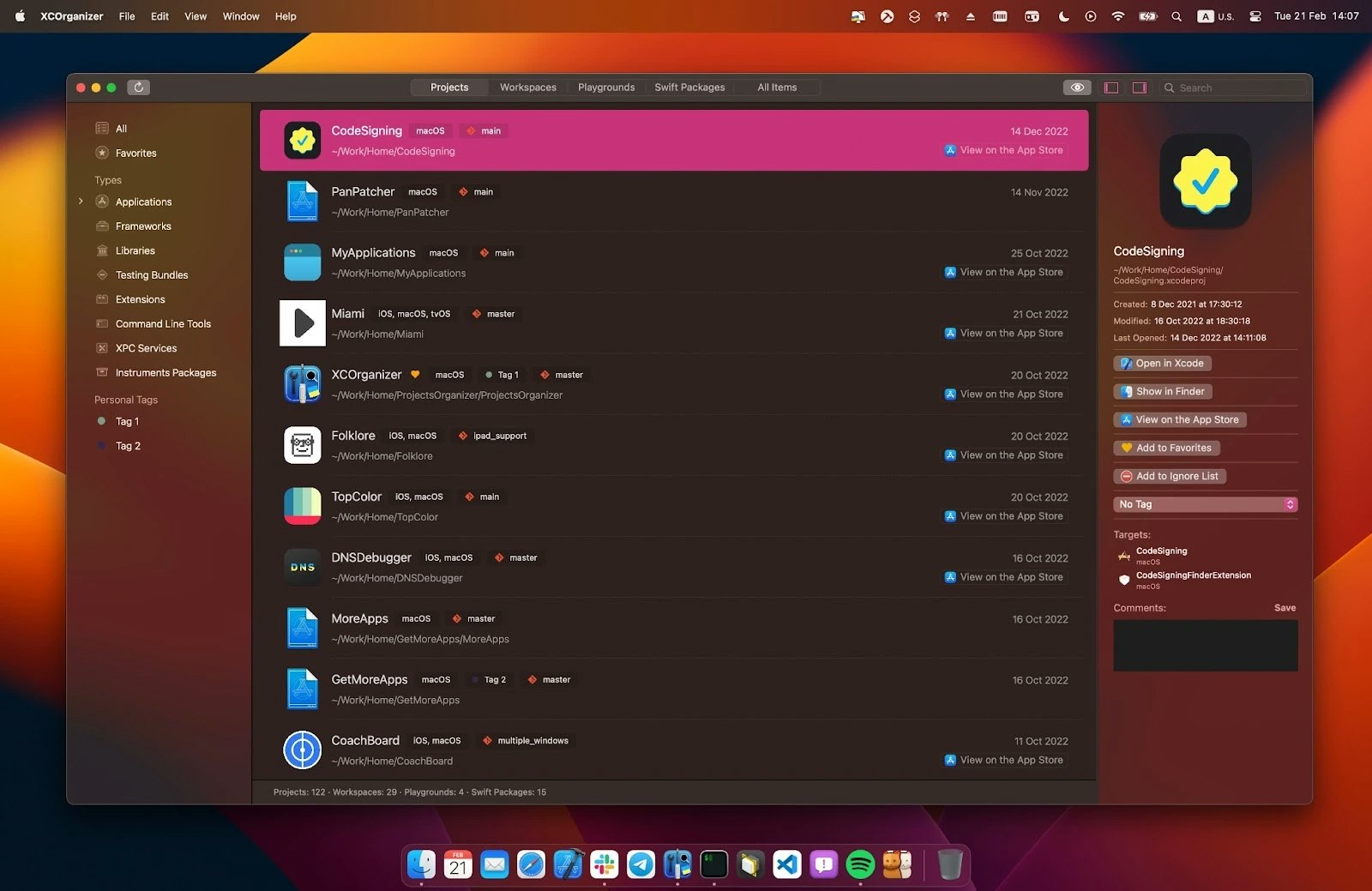

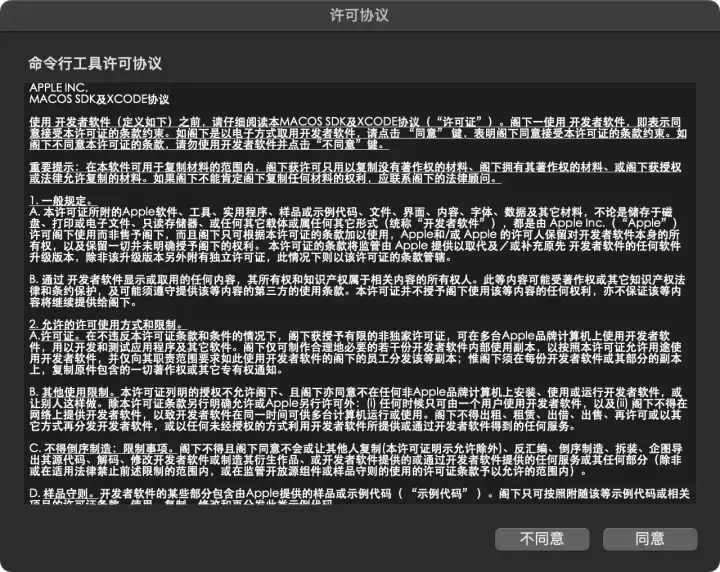


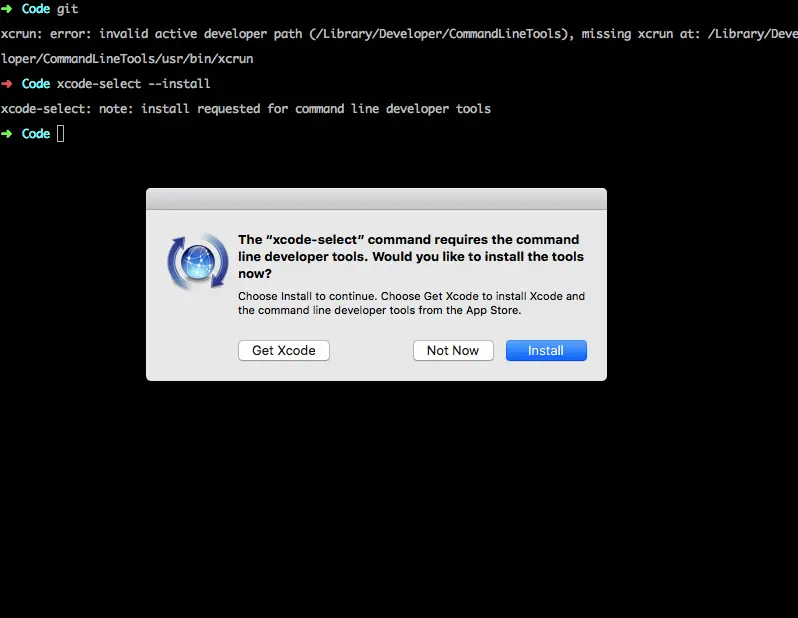











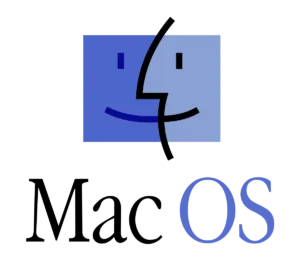



Article link: missing xcrun at: /library/developer/commandlinetools/usr/bin/xcrun.
Learn more about the topic missing xcrun at: /library/developer/commandlinetools/usr/bin/xcrun.
- missing xcrun at: /Library/Develop… | Apple Developer Forums
- Sửa lỗi Mac OS: xcrun: error: invalid active developer path …
- How to fix xcrun: error – Setapp
- Git is not working after macOS update (“xcrun: error
- Solved “xcrun: error: invalid active developer path (/Library …
- Fixing Missing Xcrun At Library Developer Command-Line …
- xcrun: error: invalid active developer path (/Library/Developer …
- Missing xcrun at: /Library/Developer/CommandLineTools/usr …
- Git is not working after macOS Update (xcrun: error – DANDEV
- Missing Xcrun At: /Library/Developer … – Position Is Everything
See more: nhanvietluanvan.com/luat-hoc